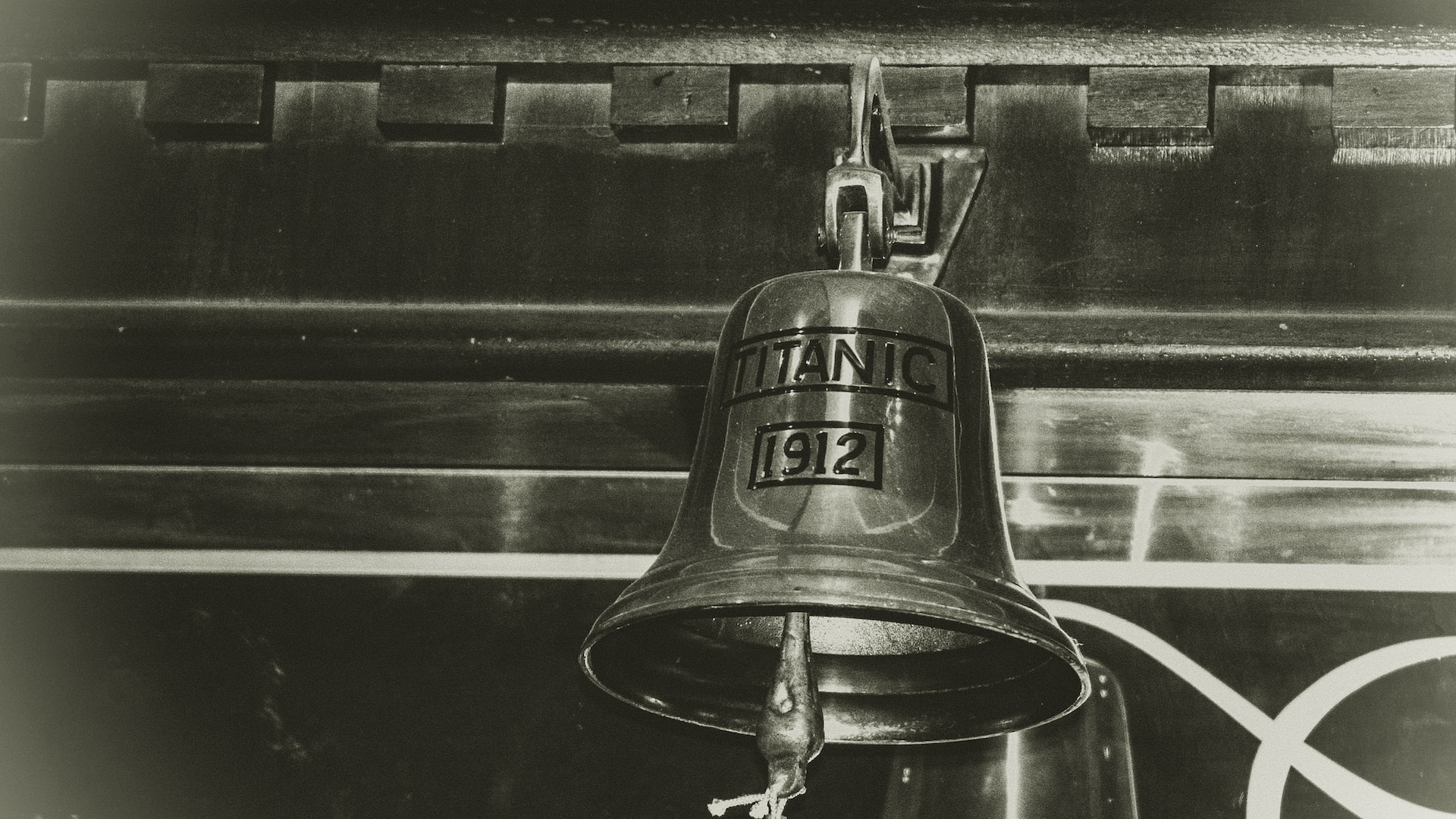The Titanic Disaster
The sinking of the Titanic is one of the most well-known maritime disasters in history. On April 14th, 1912, the Titanic set sail on its maiden voyage from Southampton, England, to New York City. The ship was considered unsinkable due to its advanced safety features, but on the night of April 15th, the Titanic hit an iceberg and sank into the icy depths of the Atlantic Ocean. The disaster claimed the lives of 1,500 people and sparked intense public scrutiny over the safety of sea travel.
The Titanic was the largest and most luxurious ship of its time. It was owned by the White Star Line and built in Belfast, Ireland, over the course of three years. The ship was 882 feet long, had nine decks, and could hold up to 2,435 passengers and crew members. It was equipped with the latest technology, including telegraphs, elevators, and a state-of-the-art wireless communication system. The ship was divided into three sections, each with its own set of watertight compartments that could be sealed off in the event of a breach in the hull.
The Titanic’s maiden voyage was highly publicized, and many wealthy and influential individuals were on board. The ship had a total of 20 lifeboats, which was considered more than enough to accommodate all of the passengers and crew in the event of an emergency. However, the ship’s designers and the White Star Line management believed that the lifeboats would detract from the ship’s aesthetic appeal and chose to only install enough for about half of the ship’s capacity. This decision would prove fatal in the event of the Titanic’s collision with the iceberg.
The Titanic struck the iceberg around 11:40 pm on the night of April 14th. The lookout in the crow’s nest had spotted the iceberg ahead and alerted the bridge, but it was too late to avoid a collision. The ship’s side was punctured by the iceberg, causing a rip in the hull that was over 300 feet long. The watertight compartments were designed to contain flooding in one section of the ship, but the damage was too severe and water began to flood multiple compartments. The Titanic’s captain, Edward Smith, ordered the ship’s wireless operator to send out distress signals, and nearby ships responded with offers of assistance. However, the nearest ship was over four hours away, and it was clear that the Titanic would not stay afloat for that long.
The evacuation process was chaotic and disorganized. The crew had not conducted any lifeboat drills, so many of the passengers were unsure of what to do or where to go. The first lifeboats to launch were not filled to capacity, and many women and children were separated from their families. The ship’s crew members attempted to prevent a panic from spreading, but the scale of the disaster soon became apparent. The last lifeboat to leave the Titanic was filled with only 28 people, even though it could have held up to 65.
The Titanic sank below the surface of the ocean around 2:20 am on April 15th. Only about 700 people survived the sinking, many of whom were rescued by the RMS Carpathia, which arrived on the scene about an hour after the Titanic sank. The remaining passengers and crew were left in the icy water, where many perished from hypothermia or drowning. The sinking of the Titanic was a great shock to the world, as many believed that such a technologically advanced ship could never sink.
The Aftermath of the Titanic Disaster
The sinking of the Titanic had a profound impact on the world. The loss of life and great tragedy of the event led to increased focus on safety regulations for ships. The International Ice Patrol was established in response to the disaster, which monitors and reports on icebergs in the North Atlantic shipping lanes. The safety measures on ships were also improved, with changes to lifeboat regulations, the use of watertight compartments, and increased training for crew members.
The sinking of the Titanic also had a lasting cultural impact. Many books, films, and songs have been produced about the disaster. The most famous of these is James Cameron’s 1997 film, “Titanic,” which earned over $2 billion at the box office and won 11 Academy Awards. The film reignited public interest in the Titanic and its tragic story, and it remains one of the most beloved films of all time.
The Titanic has also become a symbol of the divide between the rich and poor. The passengers on board were divided into different classes, with the wealthiest passengers enjoying lavish accommodations and amenities while the poorest passengers were crammed into smaller rooms and shared bathrooms. This class divide was reflected in the disaster’s fatalities, as the wealthy were more likely to survive than the poor. The Titanic’s sinking highlighted the inequality in society at the time and has continued to serve as a reminder of the importance of treating all people with dignity and respect.
Conclusion
The sinking of the Titanic was a great tragedy that forever changed the world. The loss of life and the impact on the shipping industry led to increased safety measures that have saved countless lives over the years. The cultural impact of the disaster has also been significant, with the story of the Titanic capturing the public’s attention and imagination. While the sinking of the Titanic was a great tragedy, it has also served as a reminder of the importance of treating all people with respect and dignity, regardless of their social status or wealth.
